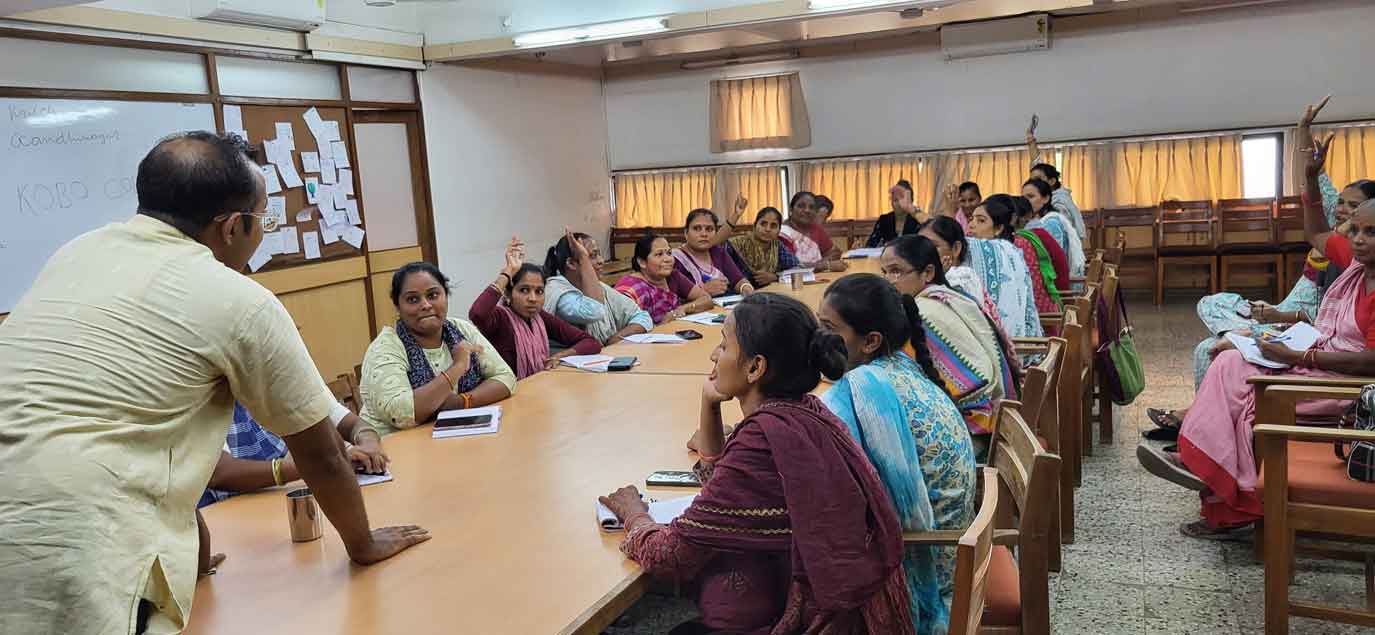
By Mihir R. Bhatt, All India Disaster Mitigation Institute, India
For the past two decades, I have come to a growing realisation that without the initiative, active participation, and self-rule by the men and women of the vulnerable communities affected by disasters, it is almost impossible to achieve any credible degree of disaster risk reduction (DRR). When the victim or affected person uses his or her own time, resources, effort, and good ideas and exercises his or her sovereignty to self-rule during, before, and after a crisis, we can see sustainable and long-lasting disaster risk reduction.
A community cannot be rendered dependent on government-sponsored DRR—whether it is by an outside government or its own government if one wishes to avoid a colonial approach to DRR. Rather, the state and civil society should help and support what the affected community wants to do for relief and recovery while making sure never to take over, destroy, or weaken the agency and self-rule of the affected individuals or community.
For example, the people of Kutch, India, since the Gujarat Earthquake of 2001, have depended more and more on the government’s public action, neglecting traditional local practices of managing cyclones, droughts, and heavy rains at the community level. As protection from the heatwaves, villages and towns in Gujarat, India, had a long tradition of building parabs, or drinking-water stalls, in public places, a practice that is disappearing rapidly for lack of support from DRR programmes. Supporting community efforts to revive old practices or implement new innovations of their own choosing would go a long way in ensuring the self-rule of local communities, as well as the longevity and sustainability of a postcolonial approach to DRR.
In truth, any community exercising self-rule during “normal” times, in the absence of disasters, is already engaged in disaster risk reduction to some extent. It is imperative that the support they receive reinforces their agency and participation and does not make them dependent on the charity of individuals, authorities, or foundations. This does not mean that poor, disaster-affected persons, are to be left helpless and to their own devices; rather, it means that any intervention must fully follow local interests and initiatives.
These ideas regarding the self-rule of victims being central to any postcolonial DRR are based on my disaster-mitigation work with women, children, workers, minorities, migrants, and other marginal citizens. The following four insights are the result of three decades of my experience working with them.
Based on the above insights, it is evident that DRR needs a bottom-up approach. DRR that moves ahead on the strength of budgets, and external structures, causes greater inequality between those who have ways to face risk and those who cannot face the risk on their own. Despite scientific and evidence-based DRR resources, technology, ideas, and vision, such DRR is bound to remain colonial in character. Postcolonial DRR, on the other hand, builds on or leads to self-rule.